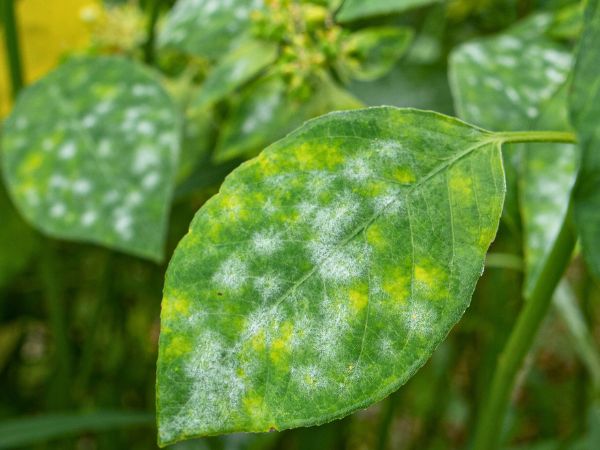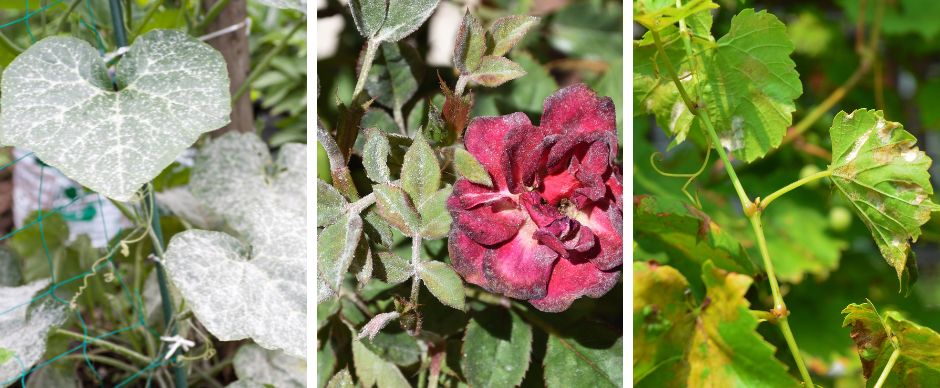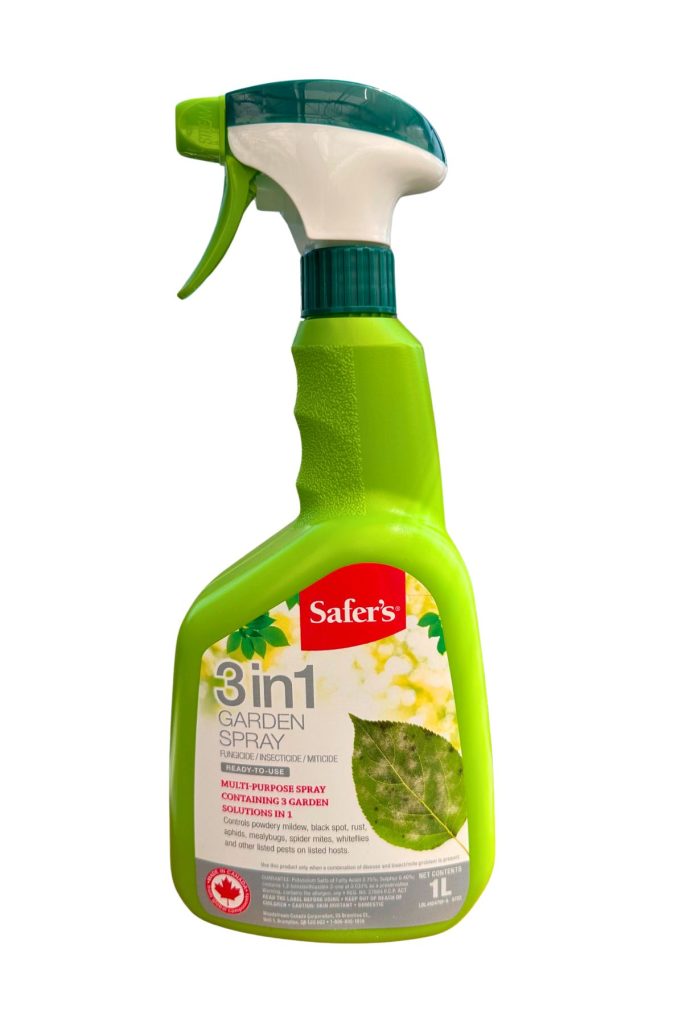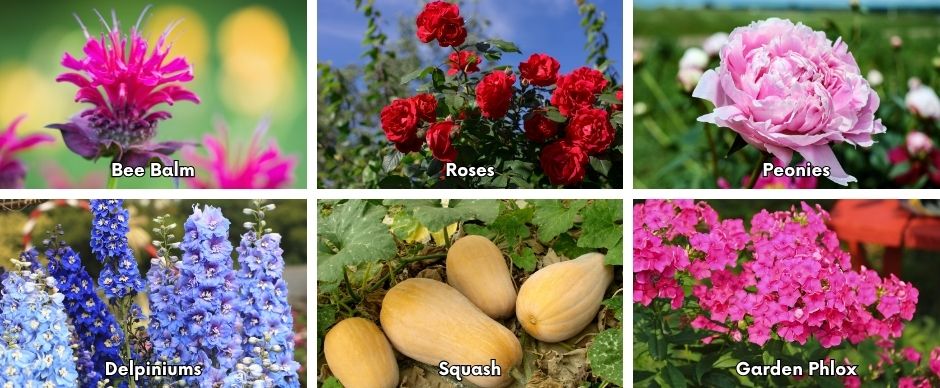
Powdery Mildew
What It Is, How to Treat It, and How to Keep It Away
Powdery mildew might sound harmless, but for many gardeners, it’s an unwelcome guest that can quickly take the shine off your plants. This common fungal disease looks like someone dusted your garden with flour — and once you know the signs, you’ll start spotting it everywhere.
How to Identify Powdery Mildew
The first clue is a white, powdery coating that forms on leaves, stems, and sometimes even flowers or fruit. In the early stages, you might see just a few pale spots. As the infection spreads, the powder becomes more obvious and can cover entire leaves. Infected leaves may:
- Curl or twist
- Turn yellow or brown
- Drop prematurely
Unlike some fungal diseases, powdery mildew thrives in warm, dry weather with high humidity — making it a late-summer and early-fall nuisance in Southwestern Ontario.

What Causes Powdery Mildew?
Powdery mildew is caused by several species of fungi that spread via airborne spores. These spores land on plants and germinate when conditions are right.
Key factors that encourage mildew growth include:
- Warm days and cool nights with high humidity
- Overcrowded plants with poor airflow
- Shaded conditions where leaves stay damp for longer
- Stress on plants from drought or poor nutrition
How to Treat Powdery Mildew
The sooner you act, the better your chances of keeping powdery mildew under control. We recommend Safer’s 3-in-1® Garden Defence — an easy-to-use product that works as a fungicide, insecticide, and miticide all in one.
Remove and dispose of badly infected leaves (do not compost them).
Spray affected plants thoroughly, making sure to coat the tops and undersides of leaves.
Repeat applications according to the label instructions until the mildew is under control.

How to Help Prevent It in the Future
While powdery mildew can’t always be avoided, you can make your garden less inviting for it:
- Plant in the right location: Give susceptible plants full sun and space for good airflow.
- Water wisely: Water at the base of plants early in the day so foliage dries quickly.
- Prune regularly: Remove excess branches or leaves to improve air circulation.
- Avoid over-fertilizing: Too much nitrogen encourages soft, mildew-prone growth.
- Select resistant varieties: Many newer plant varieties have built-in resistance to powdery mildew.
Plants That Are Highly Susceptible to Powdery Mildew
Keep an extra-close eye on these plants in your garden:
- Phlox
- Lilacs
- Monarda (Bee Balm)
- Roses
- Peonies
- Squash, cucumbers, and pumpkins
- Grapevines
- Zinnias
- Delphiniums

With a watchful eye and the right preventative care, powdery mildew doesn’t have to be a season-ending problem. By spotting it early and treating promptly with products like Safer’s 3-in-1 Garden Defence, you can keep your plants looking their best well into the fall.
